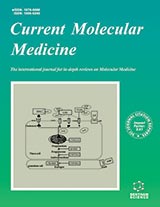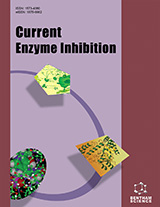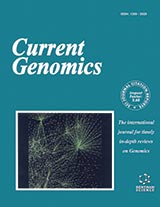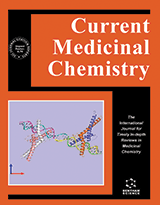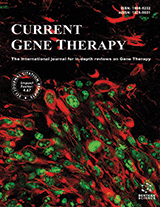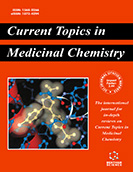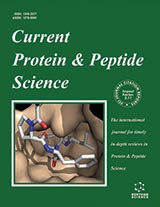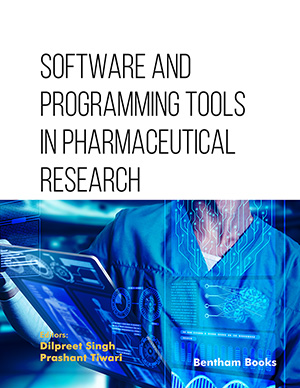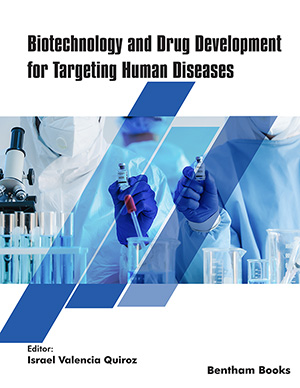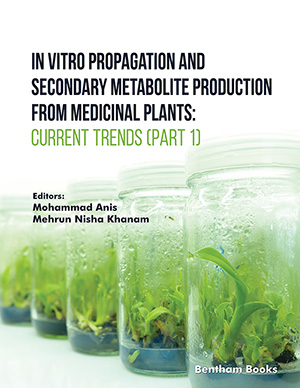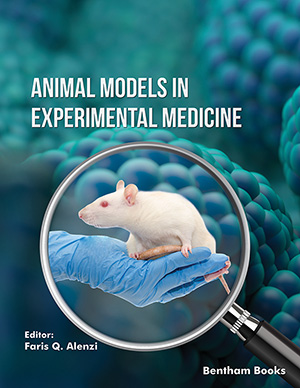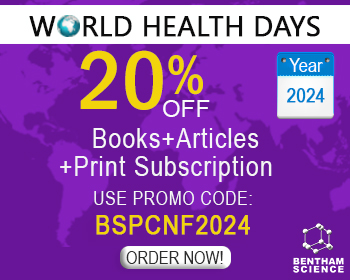Abstract
Reflecting its critical role in integrating cell growth and division with the cellular nutritional environment, the mammalian target of rapamycin *(mTOR) is a highly conserved downstream effector of the phosphatidylinositol 3-kinase (PI3K)/Akt (protein kinase B) signaling pathway. mTOR activates both the 40S ribosomal protein S6 kinase (p70s6k) and the eukaryotic initiation factor 4E-binding protein-1. As a consequence of inhibiting its downstream messengers, mTOR inhibitors prevent cyclindependent kinase (CDK) activation, inhibit retinoblastoma protein phosphorylation, and accelerate the turnover of cyclin D1, leading to a deficiency of active CDK4/cyclin D1 complexes, all of which may help cause GI phase arrest. Constitutive activation of the PI3K/Akt kinases occur in human leukemias. FLT3, VEGF, and BCR-ABL mediate their activities via mTOR. New rapamycin analogs including CCI- 779, RAD001, and AP23573, are entering clinical studies for patients with hematologic malignancies.
Keywords: mTOR, leukemia, phosphatidylinositol 3' kinase, AKT, CCI-779, RAD001, AP23573
Current Molecular Medicine
Title: Mammalian Target of Rapamycin as a Therapeutic Target in Leukemia
Volume: 5 Issue: 7
Author(s): Francis J. Giles and Maher Albitar
Affiliation:
Keywords: mTOR, leukemia, phosphatidylinositol 3' kinase, AKT, CCI-779, RAD001, AP23573
Abstract: Reflecting its critical role in integrating cell growth and division with the cellular nutritional environment, the mammalian target of rapamycin *(mTOR) is a highly conserved downstream effector of the phosphatidylinositol 3-kinase (PI3K)/Akt (protein kinase B) signaling pathway. mTOR activates both the 40S ribosomal protein S6 kinase (p70s6k) and the eukaryotic initiation factor 4E-binding protein-1. As a consequence of inhibiting its downstream messengers, mTOR inhibitors prevent cyclindependent kinase (CDK) activation, inhibit retinoblastoma protein phosphorylation, and accelerate the turnover of cyclin D1, leading to a deficiency of active CDK4/cyclin D1 complexes, all of which may help cause GI phase arrest. Constitutive activation of the PI3K/Akt kinases occur in human leukemias. FLT3, VEGF, and BCR-ABL mediate their activities via mTOR. New rapamycin analogs including CCI- 779, RAD001, and AP23573, are entering clinical studies for patients with hematologic malignancies.
Export Options
About this article
Cite this article as:
Giles J. Francis and Albitar Maher, Mammalian Target of Rapamycin as a Therapeutic Target in Leukemia, Current Molecular Medicine 2005; 5 (7) . https://dx.doi.org/10.2174/156652405774641034
| DOI https://dx.doi.org/10.2174/156652405774641034 |
Print ISSN 1566-5240 |
| Publisher Name Bentham Science Publisher |
Online ISSN 1875-5666 |
 5
5
- Author Guidelines
- Graphical Abstracts
- Fabricating and Stating False Information
- Research Misconduct
- Post Publication Discussions and Corrections
- Publishing Ethics and Rectitude
- Increase Visibility of Your Article
- Archiving Policies
- Peer Review Workflow
- Order Your Article Before Print
- Promote Your Article
- Manuscript Transfer Facility
- Editorial Policies
- Allegations from Whistleblowers
Related Articles
-
Direct Evidence on the Immune-Mediated Spontaneous Regression of Human Cancer: An Incentive for Pharmaceutical Companies to Develop a Novel Anti-Cancer Vaccine
Current Pharmaceutical Design The Genetic Basis of Human Cytomegalovirus Resistance and Current Trends in Antiviral Resistance Analysis
Infectious Disorders - Drug Targets Telomerase Inhibitors as Anticancer Therapy
Current Medicinal Chemistry - Anti-Cancer Agents The Inhibition of Cell Proliferation Using Silencing of N-Cadherin Gene by siRNA Process in Human Melanoma Cell Lines
Current Medicinal Chemistry Biologically Active Insulin-derived Peptides
Protein & Peptide Letters EXTraordinary Bones: Functional and Genetic Analysis of the EXT Gene Family
Current Genomics Pioglitazone and Cancer: Angel or Demon?
Current Pharmaceutical Design Cell Cycle Re-Entry in Alzheimers Disease: A Major Neuropathological Characteristic?
Current Alzheimer Research A Systematic Review of Selected Musculoskeletal Late Effects in Survivors of Childhood Cancer
Current Pediatric Reviews Marine Metabolites Overcoming or Circumventing Multidrug Resistance Mediated by ATP-Dependent Transporters: A New Hope for Patient with Tumors Resistant to Conventional Chemotherapy
Anti-Cancer Agents in Medicinal Chemistry Compounds From Celastraceae Targeting Cancer Pathways and Their Potential Application in Head and Neck Squamous Cell Carcinoma: A Review
Current Genomics Tumor Stem Cell Niches: A New Functional Framework for the Action of Anticancer Drugs
Recent Patents on Anti-Cancer Drug Discovery Anti-Inflammatory and Anti-Neoplastic Actions of Resveratrol
Current Nutrition & Food Science Neuroprotection by Natural Polyphenols: Molecular Mechanisms
Central Nervous System Agents in Medicinal Chemistry Neoplastic Conditions in the Context of HIV-1 Infection
Current HIV Research Retinal Ganglion Cell Gene Therapy and Visual System Repair
Current Gene Therapy The Potential for Substance P Antagonists as Anti-Cancer Agents in Brain Tumours
Recent Patents on CNS Drug Discovery (Discontinued) Impact of Cellular Senescence in Aging and Cancer
Current Pharmaceutical Design TGFb and its Smad Connection to Cancer
Current Genomics Management of Gene Variants of Unknown Significance: Analysis Method and Risk Assessment of the VHL Mutation p.P81S (c.241C>T)
Current Genomics


